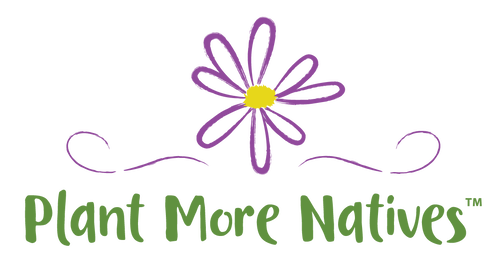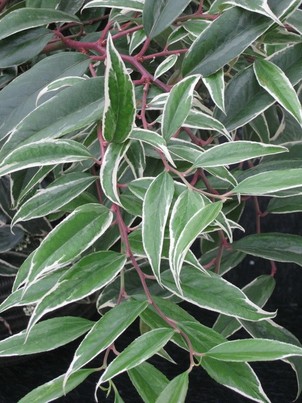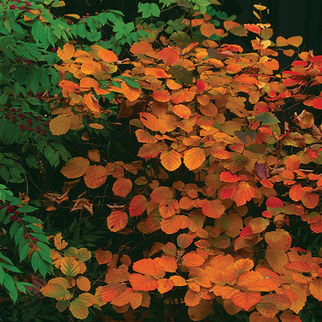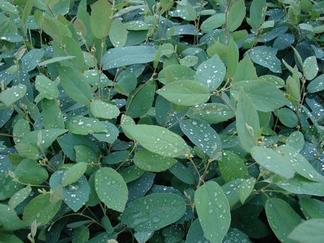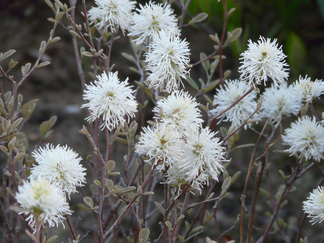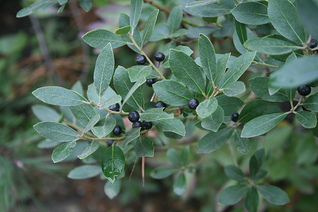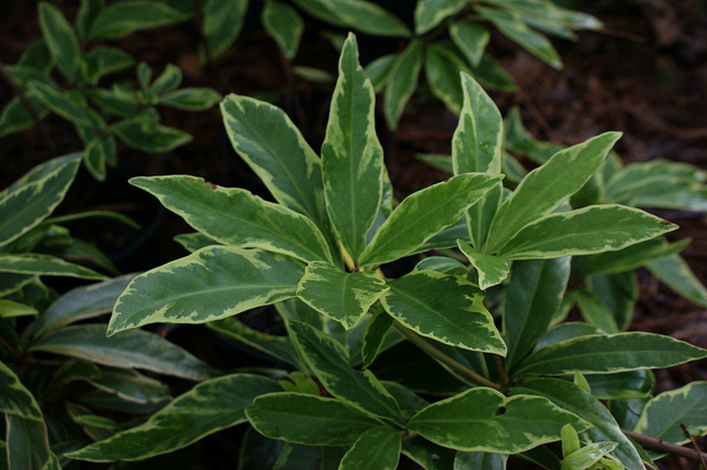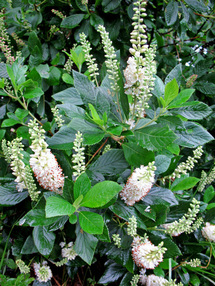 Clethra alnifolia Clethra alnifolia The soil moisture levels around our house foundations tend to be average to wet even without irrigation. No gutters, overflowing gutters, add an irrigation system without a rain sensor and a foundation can be really wet all the time. From a native plant standpoint, we're in luck... kinda. Over the years I have found there are lots of native shrubs that enjoy extra water (i.e. Clethra, Itea, Aesculus, Vaccinium, etc.). However, not all are appropriate for foundation design. There are several other challenges as well. Many native shrubs mature at a height taller than four feet, which, unless you have an usually tall foundation, is greater than windowsill height on most homes. We want sunlight coming through those windows without giving up our Saturdays to keep it that way. The availability of native evergreens is also problematic. It's a relatively small category of plants. So locating shrubs that are native, evergreen or deciduous, thrive in average to wet soil, and grow to a maximum height of four feet or less is not an easy task. But, I have a few suggestions, both evergreen and deciduous...
Illicium floridanum 'Pink Frost' is a relatively new cultivar and has quickly risen to the top of my favorite list. Evergreen, subtle variegation, and extremely slow-growing, I will put this on a foundation because homeowners might prune this shrub every other year. It's that slow. Illicium must have full shade or no more than a few hours of morning sun. The soil around these plants should not be allowed to become powder dry, and these plants will require supplemental water during drought. If and when to irrigate will depend on day and nighttime temperatures. Dig around periodically to assess the moisture levels of your soil and how well it drains.
Next time we will continue with native perennials and grasses, which is a huge category. I will stick to my favorites for the foundation and tell you why. Until then... stay safe and think spring. |
Welcome to my journal. For over 20 years I've created original landscape plans to help homeowners increase property value and really enjoy their yards. I approach every project as an unique opportunity to develop a work of living art, one that will require minimal care and age beautifully with time. In this journal, I will share some of my field experiences and tricks of the trade with you. Feel free to email questions. Thanks for visiting.
Archives
February 2019
|
